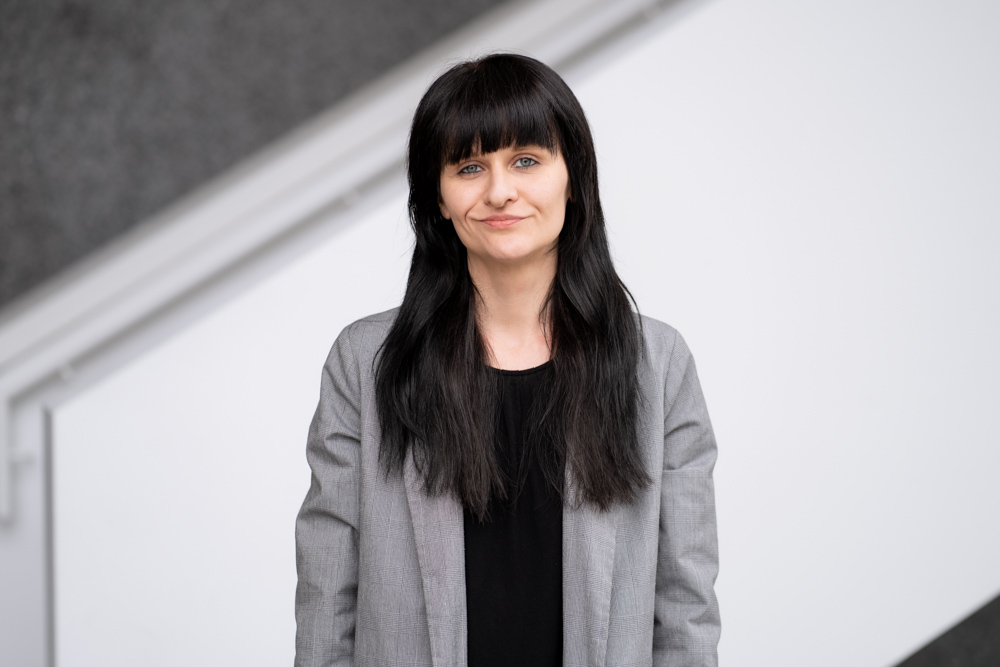
Prof. Dr. Christina Bauer
Professorin
vhb-Beauftragte
Sprechzeiten
Nach Vereinbarung per E-Mail.
Kernkompetenzen
- Informationsverhalten verstehen
- KI-gestützte Assistenzsysteme, insbesondere in der Lehre
- Nutzer:innen-zentrierte Konzeption und Evaluation
- Eye-Tracking
- Geoinformationssysteme, insbesondere Fußgänger-Navigationssysteme
- Datenanalyse
Forschungs- und Lehrgebiete
- Advanced Machine Learning
- Assistenzsysteme
- Human Factors und Mensch-Maschine-Interaktion
- KI-Anwendungen
- Mathematik
- Projektmanagement
Vita
Lebenslauf
- 2020: PROFESSUR für Künstliche Intelligenz und Digitale Lehre an der Technischen Hochschule Deggendorf
- 2019: SOFTWAREENTWICKLERIN (AKDB Regensburg) - Schwerpunkt auf Requirements Engineering
- 2018: STUDIENGANGSKOORDINATORIN (Universität Regensburg) - Campus-Netzwerk für Digitale Geistes- und Sozialwissenschaften téchnē
- 2018: PROMOTION INFORMATIONSWISSENSCHAFT (Universität Regensburg)
- 2015: WISSENSCHAFTLICHE MITARBEITERIN (Universität Regensburg) - Schwerpunkt auf Lehrtätigkeiten in der Softwaregestaltung und Datenauswertung
- 2012: PROJEKTANGESTELLTE (Universität Regensburg) - BMWi-gefördertes Verbundprojekt NADINE (Fußgänger-Navigationssystem-Entwicklung)
- 2012: MASTER INFORMATIONSWISSENSCHAFT (Universität Regensburg)
- 2010: BACHELOR INFORMATIONSWISSENSCHAFT (Universität Regensburg) - 2. Hauptfach Betriebswirtschaftslehre
Auszeichnungen und Zertifikate
- GERHARD LUSTIG AWARD (1. Platz) - Beste deutschsprachige informationswissenschaftliche Masterarbeit in den Jahren 2012 und 2013
- BEST PAPER AWARD NOMINEE - Mobile and Ubiquitous Multimedia 2013
- IREB® Certified Professional for REQUIREMENTS ENGINEERING